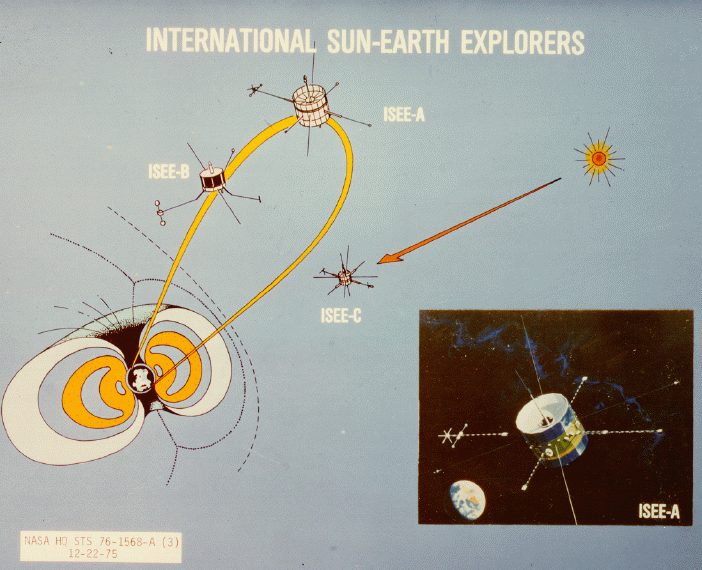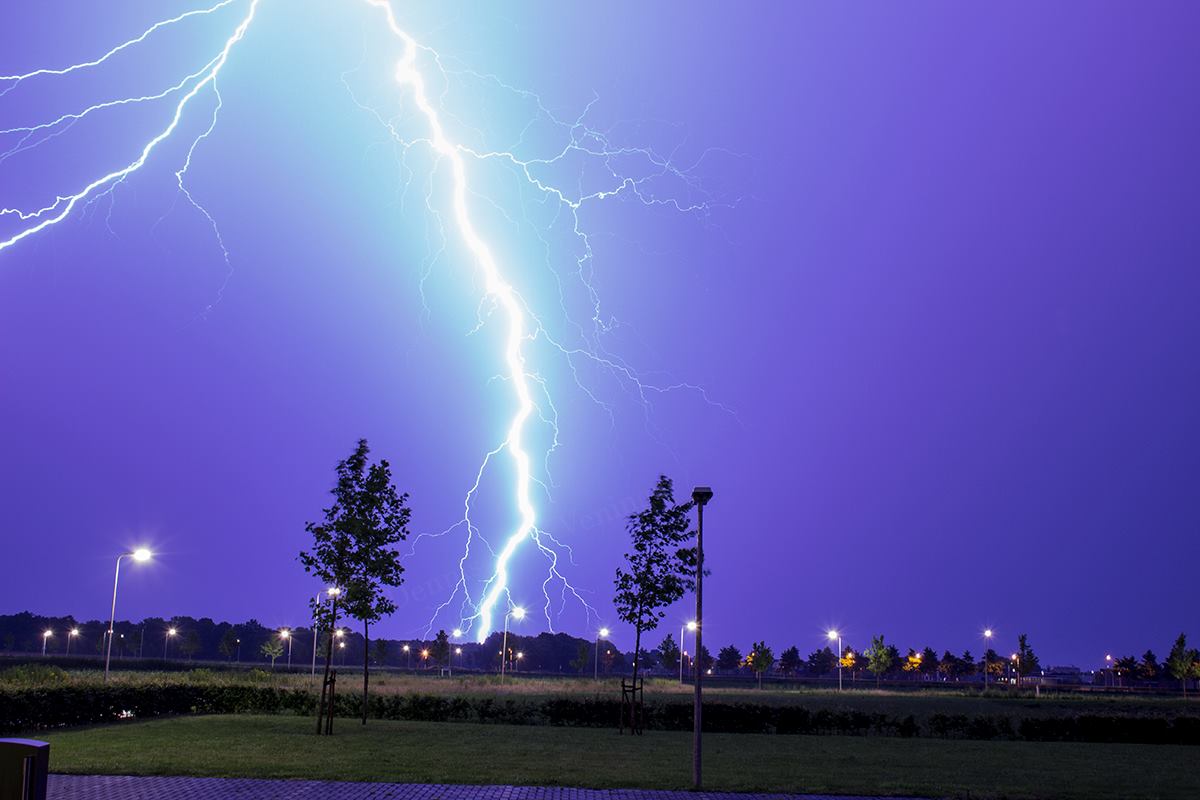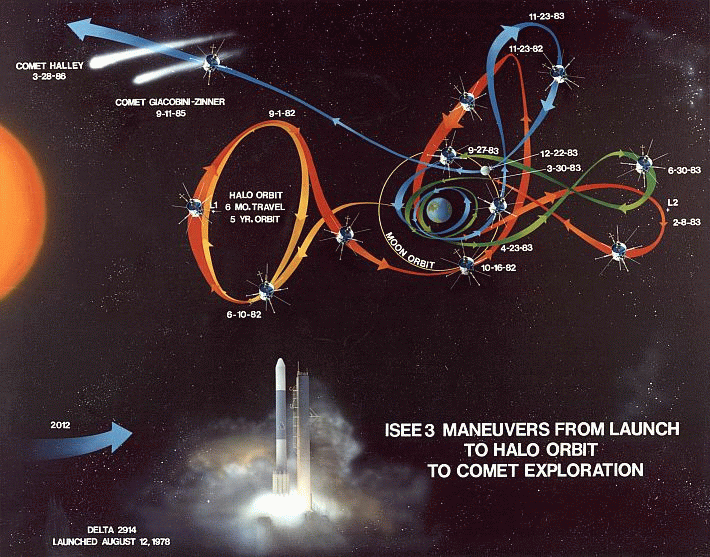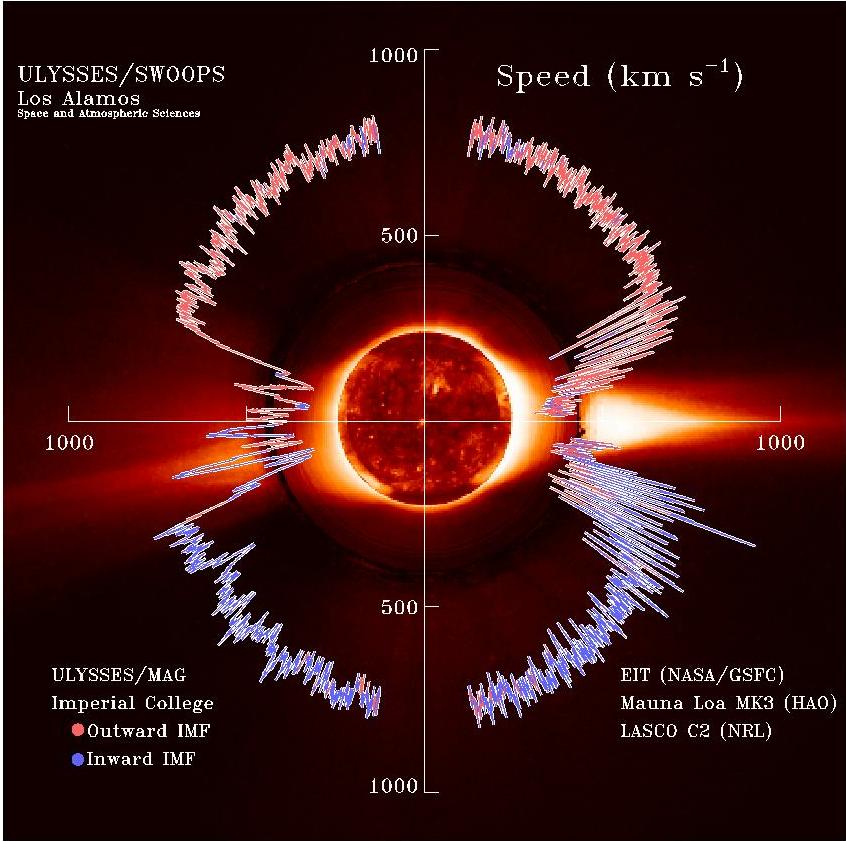|
International Cometary Explorer
The International Cometary Explorer (ICE) spacecraft, designed and launched as the International Sun-Earth Explorer-3 (ISEE-3) satellite, was launched on 12 August 1978 into a heliocentric orbit. It was one of three spacecraft, along with the mother/daughter pair of ISEE-1 and ISEE-2, built for the International Sun-Earth Explorer (ISEE) program, a joint effort by NASA and ESRO/ ESA to study the interaction between the Earth's magnetic field and the solar wind. ISEE-3 was the first spacecraft to be placed in a halo orbit at the Earth-Sun Lagrange point. Renamed ICE, it became the first spacecraft to visit a comet, passing through the plasma tail of comet Giacobini-Zinner within about of the nucleus on 11 September 1985. NASA suspended routine contact with ISEE-3 in 1997 and made brief status checks in 1999 and 2008. On 29 May 2014, two-way communication with the spacecraft was reestablished by the ISEE-3 Reboot Project, an unofficial group, with support from the Skyco ... [...More Info...] [...Related Items...] OR: [Wikipedia] [Google] [Baidu] |
Magnetospheric
In astronomy and planetary science, a magnetosphere is a region of space surrounding an astronomical object in which charged particles are affected by that object's magnetic field. It is created by a celestial body with an active interior Dynamo theory, dynamo. In the space environment close to a planetary body with a dipole magnetic field such as Earth, the field lines resemble a simple magnetic dipole. Farther out, field lines can be significantly distorted by the flow of electrically conducting plasma (physics), plasma, as emitted from the Sun (i.e., the solar wind) or a nearby star. Planets having active magnetospheres, like the Earth, are capable of mitigating or blocking the effects of solar radiation or cosmic radiation. Interactions of particles and atmospheres with magnetospheres are studied under the specialized scientific subjects of plasma physics, space physics, and aeronomy. History Study of Earth's magnetosphere began in 1600, when William Gilbert (astronomer), W ... [...More Info...] [...Related Items...] OR: [Wikipedia] [Google] [Baidu] |
ISEE-1
The ISEE-1 (International Sun-Earth Explorer-A or ISEE-A) was an Explorer-class mother spacecraft, International Sun-Earth Explorer-1, was part of the mother/daughter/heliocentric mission (ISEE-1, ISEE-2, ISEE-3). ISEE-1 was a space probe used to study magnetic fields near the Earth. ISEE-1 was a spin-stabilized spacecraft and based on the design of the prior IMP (Interplanetary Monitoring Platform) series of spacecraft. ISEE-1 and ISEE-2 were launched on 22 October 1977, and they re-entered on 26 September 1987. Mission The purposes of the mission were: (1) to investigate solar-terrestrial relationships at the outermost boundaries of the Earth's magnetosphere, (2) to examine in detail the structure of the solar wind near the Earth and the shock wave that forms the interface between the solar wind and the Earth's magnetosphere, (3) to investigate motions of and mechanisms operating in the plasma sheets, and (4) to continue the investigation of cosmic rays and solar fla ... [...More Info...] [...Related Items...] OR: [Wikipedia] [Google] [Baidu] |
Plasma (physics)
Plasma () is a state of matter characterized by the presence of a significant portion of charged particles in any combination of ions or electrons. It is the most abundant form of ordinary matter in the universe, mostly in stars (including the Sun), but also dominating the rarefied intracluster medium and Outer space#Intergalactic space, intergalactic medium. Plasma can be artificially generated, for example, by heating a neutral gas or subjecting it to a strong electromagnetic field. The presence of charged particles makes plasma electrically conductive, with the dynamics of individual particles and macroscopic plasma motion governed by collective electromagnetic fields and very sensitive to externally applied fields. The response of plasma to electromagnetic fields is used in many modern devices and technologies, such as plasma display, plasma televisions or plasma etching. Depending on temperature and density, a certain number of neutral particles may also be present, in wh ... [...More Info...] [...Related Items...] OR: [Wikipedia] [Google] [Baidu] |
ISEE-3 (ICE) Revisits Earth
The International Cometary Explorer (ICE) spacecraft, designed and launched as the International Sun-Earth Explorer-3 (ISEE-3) satellite, was launched on 12 August 1978 into a heliocentric orbit. It was one of three spacecraft, along with the mother/daughter pair of ISEE-1 and ISEE-2, built for the International Sun-Earth Explorer (ISEE) program, a joint effort by NASA and ESRO/ ESA to study the interaction between the Earth's magnetic field and the solar wind. ISEE-3 was the first spacecraft to be placed in a halo orbit at the Earth-Sun Lagrange point. Renamed ICE, it became the first spacecraft to visit a comet, passing through the plasma tail of comet Giacobini-Zinner within about of the nucleus on 11 September 1985. NASA suspended routine contact with ISEE-3 in 1997 and made brief status checks in 1999 and 2008. On 29 May 2014, two-way communication with the spacecraft was reestablished by the ISEE-3 Reboot Project, an unofficial group, with support from the Skycorp c ... [...More Info...] [...Related Items...] OR: [Wikipedia] [Google] [Baidu] |
ISEE Orbits , the statistics bureau of New Caledonia
{{disamb ...
The acronym ISEE can refer to: * ISEE (company), Integration Software Electronics Engineering *Independent School Entrance Examination *International Sun/Earth Explorer, one of a series of spacecraft, ISEE-1, ISEE-2 and ISEE-3, the last later called the International Cometary Explorer *International Society for Ecological Economics * International Society for Environmental Epidemiology * International Society for Environmental Ethics *International Society for Explosive Engineers *Institut national de la statistique et des études économiques, the national statistics bureau of France *Institute of Statistics and Economic Studies The Institute of Statistics and Economic Studies - New Caledonia (ISEE-NC) () is a public institution in New Caledonia New Caledonia ( ; ) is a group of islands in the southwest Pacific Ocean, southwest of Vanuatu and east of Australia. L ... [...More Info...] [...Related Items...] OR: [Wikipedia] [Google] [Baidu] |
21P/Giacobini–Zinner
Comet Giacobini–Zinner (officially designated as 21P/Giacobini–Zinner) is a periodic comet in the Solar System. It was discovered by Michel Giacobini, who observed it in the constellation of Aquarius on 20 December 1900. It was recovered two orbits later by Ernst Zinner, while he was observing variable stars near Beta Scuti on 23 October 1913. Physical properties The comet nucleus is estimated to be in diameter. During its apparitions, Giacobini–Zinner can reach about the 7-8th magnitude, but in 1946 it underwent a series of outbursts that made it as bright as 5th magnitude. It is the parent body of the Giacobinids meteor shower (also known as the Draconids). The comet currently has a minimum orbit intersection distance to Earth of . During the apparition of 2018, the optical spectra have revealed the comet is depleted in carbon-chain molecules and carbon dioxide, likely indicating its origin in relatively warm portion of the Solar system. Exploration Giacobi ... [...More Info...] [...Related Items...] OR: [Wikipedia] [Google] [Baidu] |
Comet
A comet is an icy, small Solar System body that warms and begins to release gases when passing close to the Sun, a process called outgassing. This produces an extended, gravitationally unbound atmosphere or Coma (cometary), coma surrounding the nucleus, and sometimes a Comet tail, tail of gas and dust gas blown out from the coma. These phenomena are due to the effects of solar radiation and the outstreaming solar wind plasma acting upon the nucleus of the comet. Comet nuclei range from a few hundred meters to tens of kilometers across and are composed of loose collections of ice, dust, and small rocky particles. The coma may be up to 15 times Earth's diameter, while the tail may stretch beyond one astronomical unit. If sufficiently close and bright, a comet may be seen from Earth without the aid of a telescope and can Subtended angle, subtend an arc of up to 30° (60 Moons) across the sky. Comets have been observed and recorded since ancient times by many cultures and religion ... [...More Info...] [...Related Items...] OR: [Wikipedia] [Google] [Baidu] |
Lagrange Point
In celestial mechanics, the Lagrange points (; also Lagrangian points or libration points) are points of equilibrium for small-mass objects under the gravitational influence of two massive orbiting bodies. Mathematically, this involves the solution of the restricted three-body problem. Normally, the two massive bodies exert an unbalanced gravitational force at a point, altering the orbit of whatever is at that point. At the Lagrange points, the gravitational forces of the two large bodies and the centrifugal force balance each other. This can make Lagrange points an excellent location for satellites, as orbit corrections, and hence fuel requirements, needed to maintain the desired orbit are kept at a minimum. For any combination of two orbital bodies, there are five Lagrange points, L1 to L5, all in the orbital plane of the two large bodies. There are five Lagrange points for the Sun–Earth system, and five ''different'' Lagrange points for the Earth–Moon system. L ... [...More Info...] [...Related Items...] OR: [Wikipedia] [Google] [Baidu] |
Halo Orbit
A halo orbit is a periodic, non-planar orbit associated with one of the L1, L2 or L3 Lagrange points in the three-body problem of orbital mechanics. Although a Lagrange point is just a point in empty space, its peculiar characteristic is that it can be orbited by a Lissajous orbit or by a halo orbit. These can be thought of as resulting from an interaction between the gravitational pull of the two planetary bodies and the Coriolis and centrifugal force on a spacecraft. Halo orbits exist in any three-body system, e.g., a Sun–Earth–orbiting satellite system or an Earth–Moon–orbiting satellite system. Continuous "families" of both northern and southern halo orbits exist at each Lagrange point. Because halo orbits tend to be unstable, station-keeping using thrusters may be required to keep a satellite on the orbit. Most satellites in halo orbit serve scientific purposes, for example space telescopes. Definition and history Robert W. Farquhar first used the name " ... [...More Info...] [...Related Items...] OR: [Wikipedia] [Google] [Baidu] |
Solar Wind
The solar wind is a stream of charged particles released from the Sun's outermost atmospheric layer, the Stellar corona, corona. This Plasma (physics), plasma mostly consists of electrons, protons and alpha particles with kinetic energy between . The composition of the solar wind plasma also includes a mixture of particle species found in the solar plasma: trace amounts of heavy ions and atomic nuclei of Chemical element, elements such as carbon, nitrogen, oxygen, neon, magnesium, silicon, sulfur, and iron. There are also rarer traces of some other nuclei and isotopes such as phosphorus, titanium, chromium, and nickel's isotopes 58Ni, 60Ni, and 62Ni. Superimposed with the solar-wind plasma is the interplanetary magnetic field. The solar wind varies in density, temperature and speed over time and over Solar coordinate systems#Heliographic, solar latitude and longitude. Its particles can escape the Sun's gravity because of their high energy resulting from the high temperature of t ... [...More Info...] [...Related Items...] OR: [Wikipedia] [Google] [Baidu] |
Earth's Magnetic Field
Earth's magnetic field, also known as the geomagnetic field, is the magnetic field that extends from structure of Earth, Earth's interior out into space, where it interacts with the solar wind, a stream of charged particles emanating from the Sun. The magnetic field is generated by electric currents due to the motion of convection currents of a mixture of molten iron and nickel in Earth's outer core: these convection currents are caused by heat escaping from the core, a natural process called a geodynamo. The magnitude of Earth's magnetic field at its surface ranges from . As an approximation, it is represented by a field of a magnetic dipole currently tilted at an angle of about 11° with respect to Earth's rotational axis, as if there were an enormous bar magnet placed at that angle through the center of Earth. The North geomagnetic pole (Ellesmere Island, Nunavut, Canada) actually represents the South pole of Earth's magnetic field, and conversely the South geomagnetic ... [...More Info...] [...Related Items...] OR: [Wikipedia] [Google] [Baidu] |







